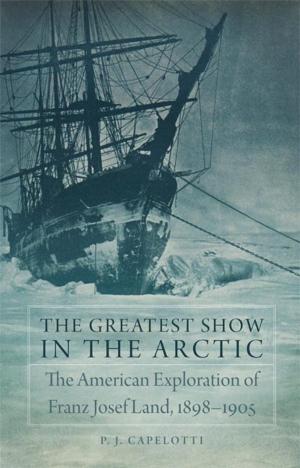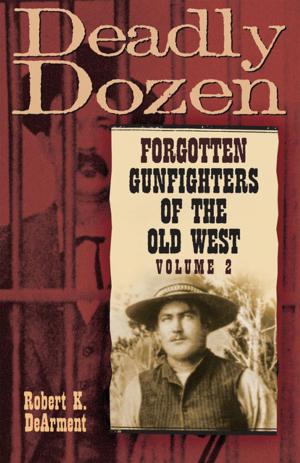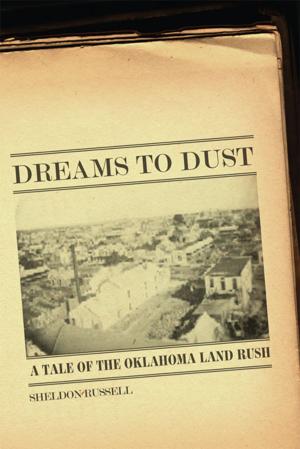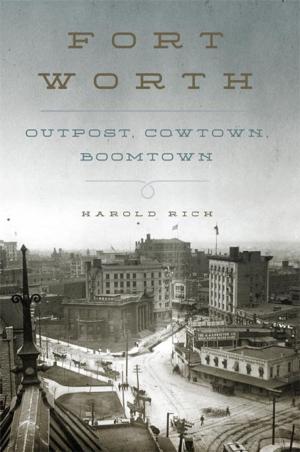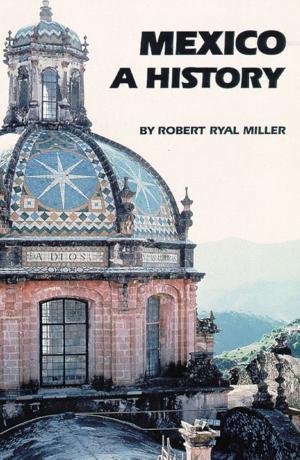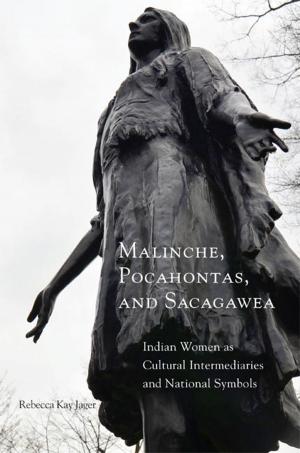Tombstone, Deadwood, and Dodge City
Re-creating the Frontier West
Nonfiction, History, Americas, United States, 19th Century, Social & Cultural Studies, Social Science, Cultural Studies| Author: | Kevin Britz, Roger L. Nichols | ISBN: | 9780806162041 |
| Publisher: | University of Oklahoma Press | Publication: | August 23, 2018 |
| Imprint: | University of Oklahoma Press | Language: | English |
| Author: | Kevin Britz, Roger L. Nichols |
| ISBN: | 9780806162041 |
| Publisher: | University of Oklahoma Press |
| Publication: | August 23, 2018 |
| Imprint: | University of Oklahoma Press |
| Language: | English |
“Shootin’—Lynchin’—Hangin’,” announces the advertisement for Tombstone’s Helldorado Days festival. Dodge City’s Boot Hill Cemetery sports an “authentic hangman’s tree.” Not to be outdone, Deadwood’s Days of ’76 celebration promises “miners, cowboys, Indians, cavalry, bars, dance halls and gambling dens.”
The Wild West may be long gone, but its legend lives on in Tombstone, Arizona; Deadwood, South Dakota; and Dodge City, Kansas. In Tombstone, Deadwood, and Dodge City, Kevin Britz and Roger L. Nichols conduct a tour of these iconic towns, revealing how over time they became repositories of western America’s defining myth. Beginning with the founding of the communities in the 1860s and 1870s, this book traces the circumstances, conversations, and clashes that shaped the settlements over the course of a century.
Drawing extensively on literature, newspapers, magazines, municipal reports, political correspondence, and films and television, the authors show how Hollywood and popular novels, as well as major historical events such as the Great Depression and both world wars, shaped public memories of these three towns. Along the way, Britz and Nichols document the forces—from business interests to political struggles—that influenced dreams and decisions in Tombstone, Deadwood, and Dodge City.
After the so-called rowdy times of the open frontier had passed, town promoters tried to sell these towns by remaking their reputations as peaceful, law-abiding communities. Hard times made boosters think again, however, and they turned back to their communities’ rowdy pasts to sell the towns as exemplars of the western frontier.
An exploration of the changing times that led these towns to be marketed as reflections of the Old West, Tombstone, Deadwood, and Dodge City opens an illuminating new perspective on the crafting and marketing of America’s mythic self-image.
“Shootin’—Lynchin’—Hangin’,” announces the advertisement for Tombstone’s Helldorado Days festival. Dodge City’s Boot Hill Cemetery sports an “authentic hangman’s tree.” Not to be outdone, Deadwood’s Days of ’76 celebration promises “miners, cowboys, Indians, cavalry, bars, dance halls and gambling dens.”
The Wild West may be long gone, but its legend lives on in Tombstone, Arizona; Deadwood, South Dakota; and Dodge City, Kansas. In Tombstone, Deadwood, and Dodge City, Kevin Britz and Roger L. Nichols conduct a tour of these iconic towns, revealing how over time they became repositories of western America’s defining myth. Beginning with the founding of the communities in the 1860s and 1870s, this book traces the circumstances, conversations, and clashes that shaped the settlements over the course of a century.
Drawing extensively on literature, newspapers, magazines, municipal reports, political correspondence, and films and television, the authors show how Hollywood and popular novels, as well as major historical events such as the Great Depression and both world wars, shaped public memories of these three towns. Along the way, Britz and Nichols document the forces—from business interests to political struggles—that influenced dreams and decisions in Tombstone, Deadwood, and Dodge City.
After the so-called rowdy times of the open frontier had passed, town promoters tried to sell these towns by remaking their reputations as peaceful, law-abiding communities. Hard times made boosters think again, however, and they turned back to their communities’ rowdy pasts to sell the towns as exemplars of the western frontier.
An exploration of the changing times that led these towns to be marketed as reflections of the Old West, Tombstone, Deadwood, and Dodge City opens an illuminating new perspective on the crafting and marketing of America’s mythic self-image.

